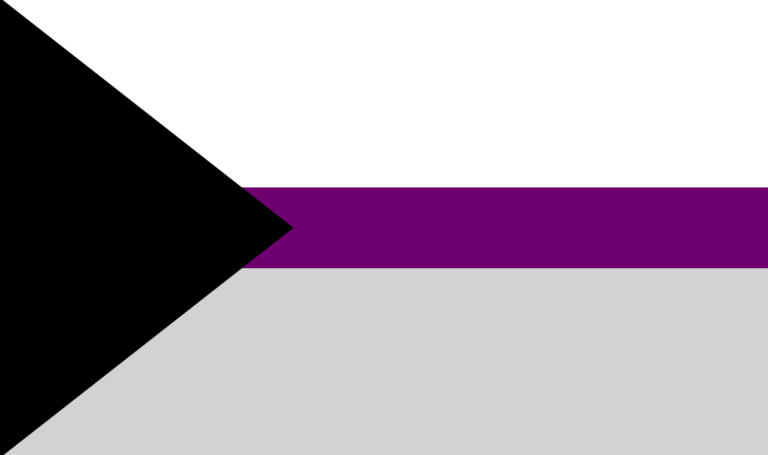Kickstarting Your Open Source Project: A Comprehensive Guide
Importance of Documentation
Having thorough and clear documentation is crucial for any open-source project. It guides contributors and users in understanding the project’s purpose and how to get involved. According to a resource on open-source documentation, comprehensive documentation helps prevent misunderstandings and makes onboarding new contributors easier.
Documentation serves multiple purposes:
- It provides a detailed overview of what the project aims to achieve, which can attract potential contributors who share the same vision.
- It includes technical details such as setup instructions, use cases, and API references, which can be invaluable for developers looking to understand the codebase. Comprehensive documentation also aids in troubleshooting, as it usually contains a FAQ section or joint issues that contributors may face.
- Keeping the documentation up-to-date reflects the project’s ongoing development and maintenance, instilling confidence in users and contributors.
Defining Clear Guidelines
Establishing contribution guidelines ensures that everyone knows how to participate effectively. These guidelines should cover coding standards, pull request procedures, and issue reporting. Having clear contribution guidelines helps maintain the quality and consistency of the project, which encourages more developers to contribute confidently. Be sure to document these guidelines in a CONTRIBUTING.md file within your repository. Setting up a well-organized repository is a crucial first step for those wondering how to start an open source project. Clear guidelines act as a roadmap for new contributors, helping them navigate the project’s workflow. Besides coding standards, which include formatting rules, naming conventions, and best practices, you should outline how to submit issues and pull requests. Detail the review process and how feedback will be provided. Specify any labeling conventions you use for tagging issues and pull requests, as these can help triage and manage tasks more efficiently. Guidelines can also cover community conduct and communication channels, ensuring a respectful and productive environment for all participants. Consistent adherence to these guidelines significantly reduces friction and misunderstandings, making the development process smoother and more enjoyable for everyone involved.
Setting Up the Project Repository
Creating a well-structured repository is the foundation of a successful open-source project. Use version control systems like Git and platforms like GitHub or GitLab to manage your code effectively. Ensure the repository has a clear and concise README file that outlines the project’s purpose and provides instructions for installation and use.
Include a license file to specify how others can use, modify, or distribute your code. The README file should also contain sections on how to contribute, project structure, and an introduction to the main features. This not only clarifies initial doubts but also sets the tone for collaboration. A guide on using Git can be indispensable for beginners looking to manage their project repository efficiently. Moreover, consider setting up an automated build and test environment to ensure code quality. Tools like Travis CI or GitHub Actions can integrate seamlessly with your repository, running tests and checks on every code submission. This automated process saves time and reduces the likelihood of bugs being introduced into the main codebase.
Engaging with the Community
Active engagement with the community is vital for the growth and sustainability of an open-source project. Encourage feedback, respond to queries, and acknowledge contributions to foster a collaborative environment. Utilize platforms like GitHub to manage issues, discussions, and pull requests transparently. Communities such as Reddit and Stack Overflow can offer platforms for broad discussion and support, allowing you to reach a wider audience and get diverse perspectives.
Participating actively in your project’s community helps build trust and rapport. Regular updates and announcements through social media, forums, or newsletters keep the community informed about the project’s progress and plans. Consider hosting live Q&A sessions or webinars to engage with the community, answer their questions, and discuss upcoming features. Acknowledging contributions publicly, whether through release notes, a dedicated contributors’ page, or social media shoutouts, makes contributors feel valued. Setting up a dedicated communication channel, such as a Slack workspace or a Discord server, can facilitate real-time interaction and foster community among contributors and users.
Continuous Improvement and Feedback
It is essential to update your project regularly and seek feedback from users and contributors. Implement a continuous integration/continuous deployment (CI/CD) pipeline to streamline updates and ensure stable releases. This iterative process helps adapt the project to meet changing needs and fix bugs promptly. Regular releases and updates demonstrate active project maintenance and can attract more contributors and users over time.
Continuous improvement is a cornerstone of successful open-source projects. You can make data-driven decisions that improve the project’s usability and functionality by actively seeking and incorporating feedback. Use surveys, feedback forms, and issue trackers to gather input from your user base. Regularly scheduled updates and feature releases keep the project dynamic and responsive to the community’s needs. Evaluate and prioritize feedback based on its alignment with the project’s goals and the resources available to implement changes. Incorporating a CI/CD pipeline ensures that new code is automatically tested and deployed, reducing the risk of introducing bugs into the main codebase. This automation frees up time for maintainers to focus on more complex tasks and new features. In the long run, an iterative approach to improvement helps build a robust and adaptable project that continues to meet the evolving needs of its users and contributors.







